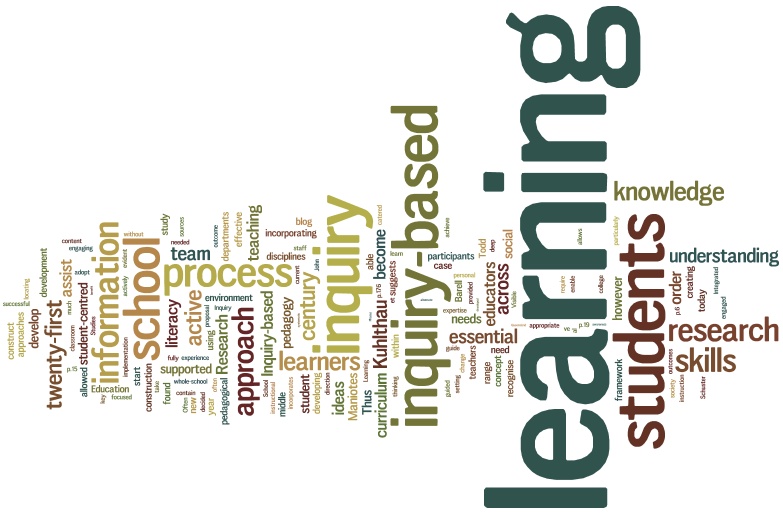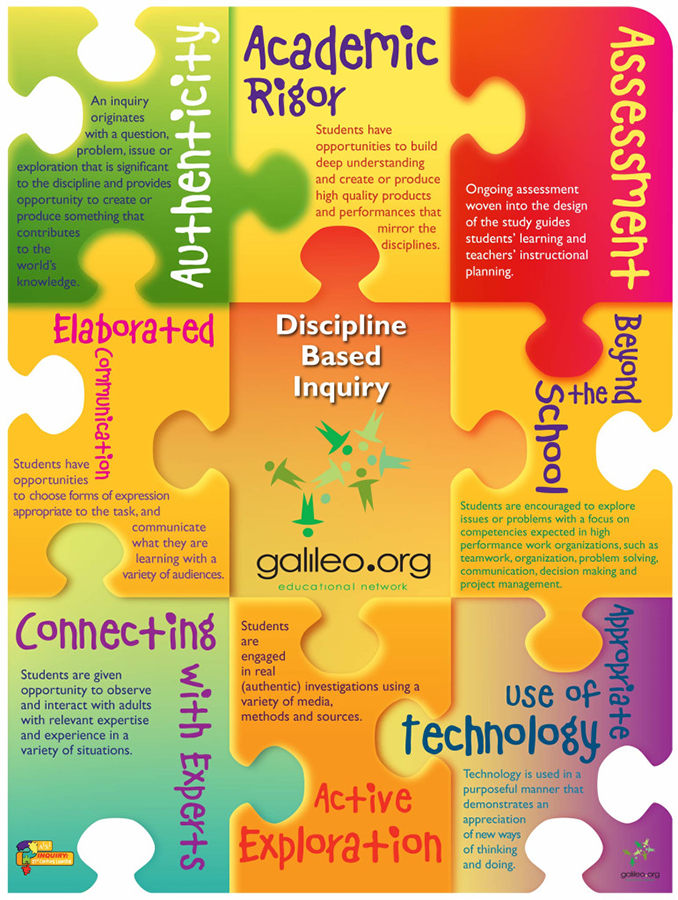
Creating an effective classroom has been often challenging to the teacher and the teachers tend to change their pedagogy to make the teaching and learning more effective while reaching towards the student-centered learning style. With that inquiry-based learning (IBL) comes into light. Inquiry refers to the seeking of knowledge through questioning. This is considered an inborn skill of the infant which is later on subjected to change through the structured school system where traditional teaching continues. Infants since birth observe the world in recognizing them, they basically gather information and data by applying it to their human senses.
The traditional system has disrupted the natural process of inquiry. The students are discouraged to ask questions or even the questions are asked by the teacher as a means of assurance whether the students understood the teaching or not or expecting a particular fact or answer. Inquiry-based education brings a new perspective to the questioning because the strategy aims to trigger students’ curiosity through the production of the question, problems, or scenarios before presenting the facts or data (Hickey, 2022).
Discipline-based learning (DBL) is often discussed under the inquiry-based learning environment. DBL aims to ensure that the students master a particular field of study in an atmosphere that is more authentic and knowledge-seeking rather than knowledge-offering (Bertrand & Bundevski, 2016; Friesen et al., 2015). The students learn when the subjects are more meaningful to them rather than simply listening to a teacher giving out all the information and facts they should know. The learners need to learn subjects in a meaningful way and the teachers should understand that different disciplines have different ways of generating knowledge. Furthermore, in DBL teacher can ask probing questions to make the students understand deeply the basic assumptions underpinning a claim or gain in-depth knowledge on a limited topic (Bertrand & Bundevski, 2016) or develop knowledge and understanding of scientific ideas and how the scientists study the natural world (Meral Hakverdi-Can & Sonmez, 2012).
The Galileo network has revealed eight principles of discipline-based inquiry (Bertrand & Bundevski, 2016).

In learning inquiry-based learning the most significant skill that a teacher should possess is the skill to ask the right question that generates critical thinking and makes the students work for it, creating enthusiasm. To this, the teacher needs both disciplinary knowledge and pedagogical knowledge (Bertrand & Bundevski, 2016) so that the teacher can create a better learning environment through a better question or a problem.
Apart from producing the right question to get the student to learn, the integration of technology too is important. How can I integrate technology in an inquiry-based learning environment? Digital tools can be used as an aid in the IBL. The utilization of digital platforms would be a great way for the students to do more research on the question the teacher has asked. They could search for more valid information and facts and see gaps in the area of study so that they can contribute to the discussions led in the class making the learning more authentic which is a key role in IBL. If the teacher allows the students to do research on the topic before the discussion, technology will come in handy. Unlike in the old days when knowledge was to be received from an expert or the learners have to visit a library in person and spend hours gathering data before they could properly contribute to a topic of discussion. However, with the availability of e-libraries and other digital arenas that store academic content, the learner can now spend less time locating the resources and more time reading and expanding their knowledge so that they can contribute to the discussions or answer the thought-provoking questions in the class.
During our class, the Jamboard and Padlet were used to get everyone’s ideas into one forum to have an effective intellectual discussion on a given topic. This gave an equal opportunity to every student to collaborate with others and post their thoughts without waiting for the teacher to notice them or to be recognized by others, and on the other hand it gave the teacher a better platform to post thought-provoking questions. Furthermore, in my point of view use of the attractive and unique digital tool in the classroom address two key features of IBL; to create curiosity among students and an authentic learning experience because these tools break the monotony of the classroom developing the student’s enthusiasm without demotivating them.
References
Bertrand, & Bundevski. (2016). INQUIRY-BASED LEARNING AND THE DISCIPLINE-BASED INQUIRY.
Friesen, S., Saar, C., Park, A., Marcotte, C., Hampshire, T., Martin, B., Brown, B., & Martin, J. (2015). What is Discipline-Based Inquiry? Focus on Inquiry. https://inquiry.galileo.org/ch1/what-is-discipline-based-inquiry/
Hickey, M. (2022, October 25). How to Leverage Ed Tech for Inquiry-Based Learning in K–12 Schools. Technology Solutions That Drive Education. https://edtechmagazine.com/k12/article/2022/10/how-leverage-ed-tech-inquiry-based-learning-k-12-schools
Meral Hakverdi-Can, & Sonmez, D. (2012). Learning how to design a technology-supported inquiry-based learning environment. Science Education International, 23(4), 338–352.